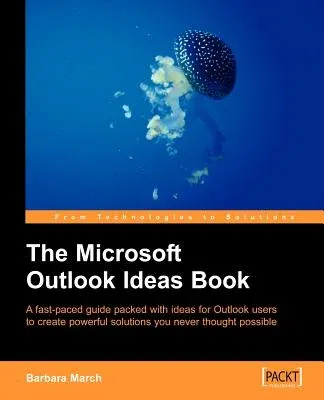A fast-paced guide for instruction and inspiration on creating powerful
solutions for small businesses and organizations using Outlook. Throw
away your other applications, and learn to use Outlook in practical ways
that you never imagined possible! Microsoft Outlook, in tandem with
Microsoft Exchange Server, provides a powerful environment for sharing
information. This book will show you how to take advantage of that to
construct solutions for your business or organization from the features
of Outlook. This book is a collection of scenarios that incorporate and
link many Outlook components to produce surprisingly powerful
functionality: - How to apply the features of Outlook to avoid
transferring and duplicating data into other programs - How to expand
your view of Outlook and its capabilities - Techniques that will enable
you to create your own solutions that are relevant to your situation and
environment - The confidence and vision to explore and use existing
software to develop your own solutions Without the need for code or
specially-written applications, you will be extracting information from
your Outlook Calendar, Contacts and Tasks folders to create solutions
like these: - Monitoring staff leave and printing schedules - Managing
meeting rooms and printing invoices - Managing fleet vehicles, their
records, and servicing - Managing a school class calendar, student
records, attendance, assignments, and reports This book takes a
practical, hands-on approach to working with Microsoft Outlook.
Carefully structured to lead you through all the steps of each examples,
this book will help you to use Outlook in ways you never imagined
possible. This book is for users who are comfortable with the basic
functions of Outlook, but who want inspiration and direction on
manipulating its features to produce powerful methods of viewing,
presenting and reporting the wealth of information that it can hold.
Users of Microsoft Access and Excel will recognize the functions and
constructs used in some of the examples. The techniques in this book are
applicable to all versions of Outlook from 2000 upwards. Where there are
functional differences between the versions, these have been noted. You
need to be running Outlook with MS Exchange Server to use this book.


